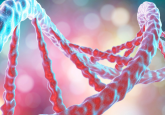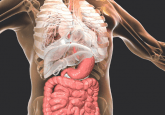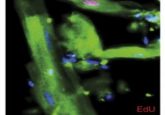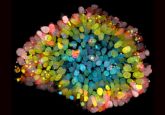Researchers develop new heart organoid

Researchers have created a heart organoid containing both cardiomyocytes and epicardium for the first time.
The human heart starts forming in the first 3 weeks of conception. As women are often not aware of their pregnancy at this time, there is limited research on the early stages of the heart’s development. Organoids are important models that can help with this. Now, researchers from the Technical University of Munich (Germany) have developed heart organoids – called epicardioids – that contain both heart muscle cells (cardiomyocytes) and cells of the outer layer of the heart wall (epicardium). These models emulate the qualities of a human heart in early development and could allow researchers to form a deeper understanding of the formation of the heart.
Heart organoids were first described in 2021; however, they only contained cardiomyocytes and cells from the inner layer of the heart wall (endocardium). “To understand how the heart is formed, epicardium cells are decisive,” explained Anna Meier, first author of the study. “Other cell types in the heart, for example in connecting tissues and blood vessels, are formed from these cells. The epicardium also plays a very important role in forming the heart chambers.”
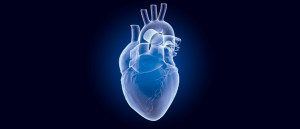 Maturation of stem-cell-derived cardiomyocytes monitored with cyborg nanosensor
Maturation of stem-cell-derived cardiomyocytes monitored with cyborg nanosensor
A new tissue-embedded nanosensor provides continuous monitoring of stem-cell-derived cardiomyocytes as they mature.
To create the epicardioids, which are 0.5 mm in diameter, the researchers spun around 35,000 pluripotent stem cells into a sphere using a centrifuge. They added different signaling molecules to the culture over a period of several weeks, mimicking the signaling pathways in the body that control the development of the heart. Although the organoids do not pump blood, they can be electrically stimulated to contract like human heart chambers.
The researchers then used the epicardioids, along with single-cell technologies, to discover a new cell type. The cells are precursor cells of a cell type only recently discovered in mice, which go on to form the epicardium. The researchers assume that these cells also exist in the human heart and may offer insights into why the fetal heart can repair itself, a characteristic not shared with the adult heart. These cells could be key to developing treatments for heart attacks and other heart-related illnesses.
Furthermore, the research group was able to show that the epicardioids can help investigate the illnesses of individual patients. The team used pluripotent stem cells from an individual with Noonan syndrome and were able to produce an organoid that could mimic the characteristics of a heart with that specific illness.
The researchers plan to create personalized epicardioids to investigate other congenital heart defects. This opens the door to drugs being tested on personalized organoids. “It is conceivable that such tests could reduce the need for animal experiments when developing drugs,” commented corresponding author Alessandra Moretti.

